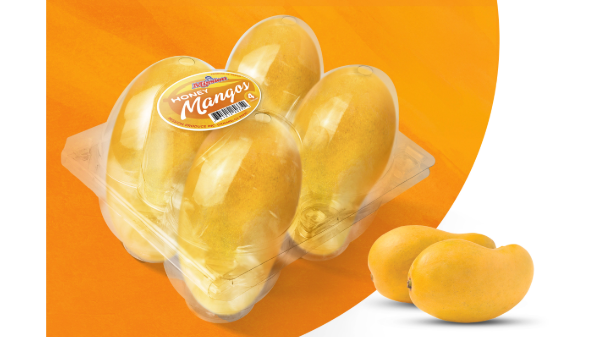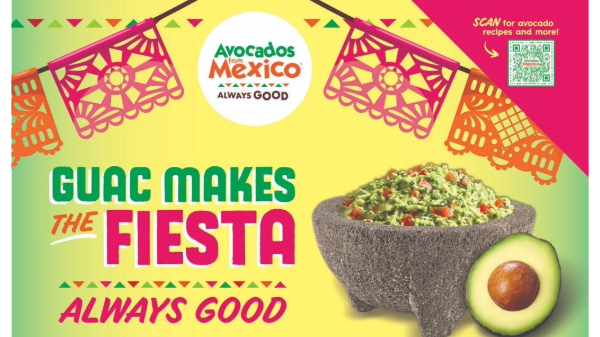Welcome to Blue Book!
Are you ready to join the thousands of companies who rely on Blue Book to drive smarter decisions? View our plans and get started today!
Still have questions? We’d love to show you what Blue Book can do for you. Drop us a line– we’ve been waiting for you.

There are many reasons apples are one of the most widely consumed fruits in the world. Delicious in everything from healthful salads to rich desserts; full of fiber and vitamins but low in calories; and available in a spectrum of beautiful colors, they are at the top of everyone’s favorite fruit list.
Cultivation in the United States is as old as the country itself—seeds brought by America’s earliest settlers were antecedents to the 2,500 varieties of apples grown today, of which 100 are grown commercially.
While most in the industry are familiar with varieties like Red Delicious, Golden Delicious, Granny Smith, McIntosh, and a few newer ones like Ambrosia, Gala, Jonagold, Honeycrisp, and Pink Lady, there are a host of lesser-known historical varieties like Hubbardston Nonesuch, Northern Spy, Ashmead’s Kernel, Rhode Island Greening, and Esopus Spitzenberg (reportedly Thomas Jefferson’s favorite apple)—making a comeback, according to the New England Apple Association.
The humble apple also continues to be the subject of extensive research, with a number of university programs and partnerships devoted to improving taste, insect and disease resistance, and storage qualities. In August of this year, Cornell University and the New York Apple Growers introduced two new varieties, the SnapDragon and RubyFrost, both in development for more than a decade.
Additionally, a few varieties of the Arctic nonbrowning apple will hit test markets this year, courtesy of Summerland, British Columbia-based Okanagan Specialty Fruits. Although there are many benefits, especially for the foodservice industry, the genetically-engineered apples are not without controversy. For more information and to find out what grower-shippers and distributors think, see our “Fresh Forum” section in this article.
Domestic & International Production
Apples are the third most valuable U.S. fruit crop, grown commercially in 32 states with a value of about $2.72 billion in 2012. Top producers remain Washington, New York, Michigan, Pennsylvania, California, Virginia, and North Carolina.
Internationally, only China continues to grow more apples than the United States—an astounding 38.0 million metric tons for the 2012 growing season—but the United States contributed mightily to world supply with 11.3 million metric tons, as reported by the U.S. Department of Agriculture’s Foreign Agricultural Service.
Rounding out the globe’s top five producers were Turkey (2.9 million metric tons), India (1.8 million), and Chile (1.3 million), for a total worldwide supply of 67.5 million metric tons in 2012. Of these numbers, nearly half (32.2 million metric tons) went to fresh consumption.
Rebecca Lyons of the Washington State Apple Commission says exports are essential to a growing apple industry. While Lyons says exports continue to grow along with crop size, she is most enthused about India as a trading partner: “The emerging middle class in India—200 to 300 million people—is a huge opportunity. It’s like an entire U.S. market!”








